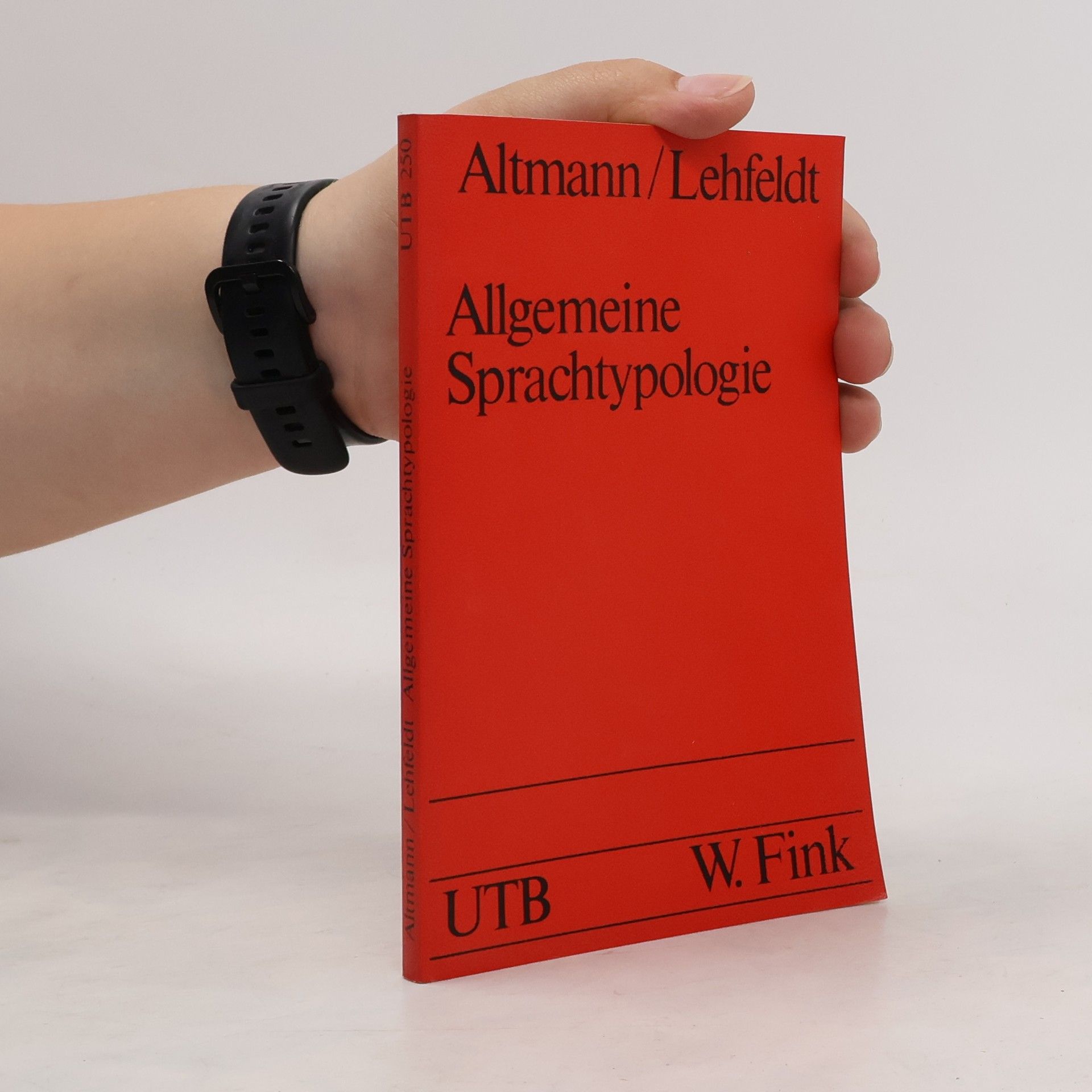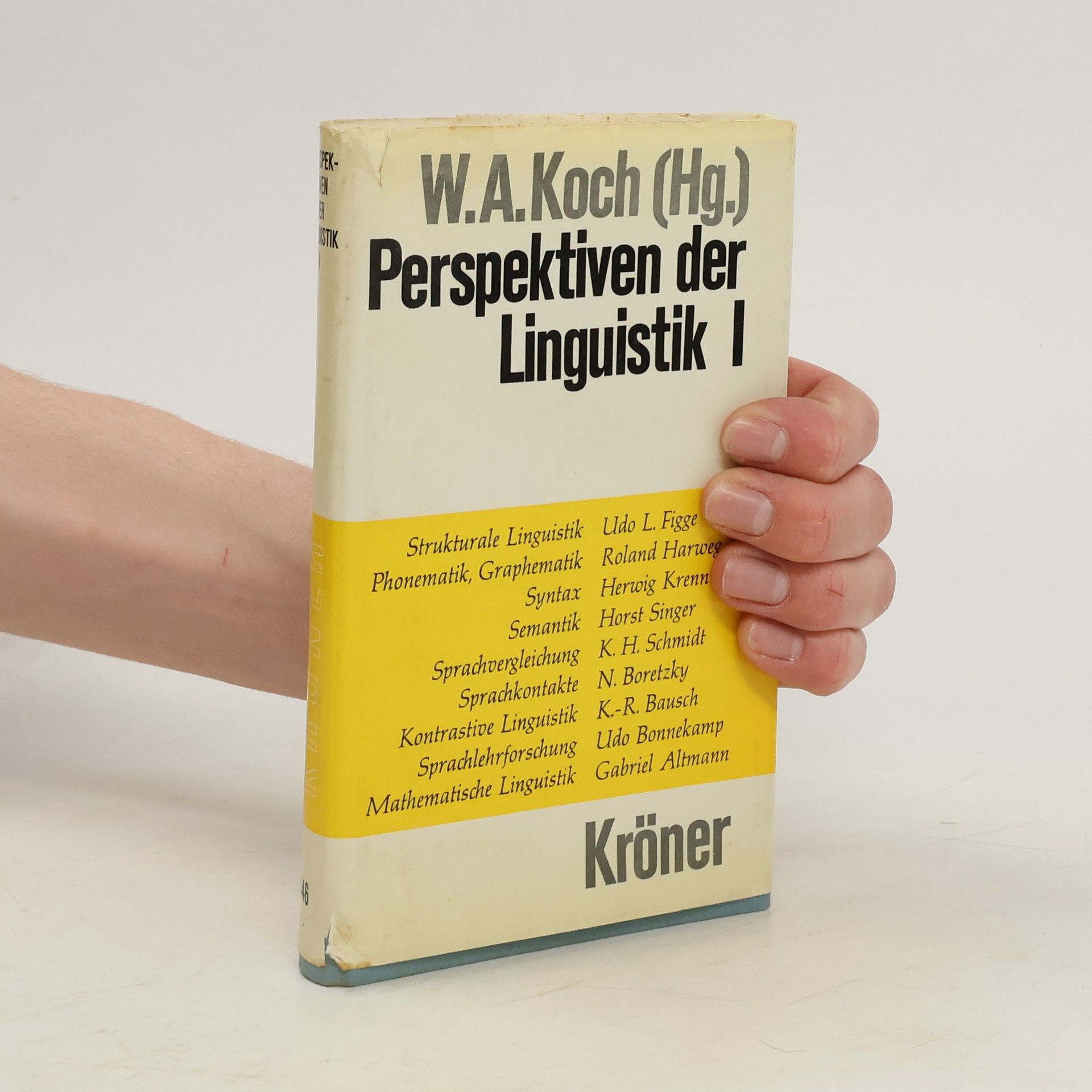Metody kvantitativní analýzy (nejen) básnických textů
- 135bladzijden
- 5 uur lezen
V knize jsou prezentovány metody, které lze použít pro kvantitativní analýzy textů; konkrétně jde o metody měření a) tematické koncentrace textu, b) slovního bohatství textu, c) aktivity textu, d) délky slova a jejího vztahu k délce verše (viz Menzerathův zákon) a e) eufonie. V rámci každé metody je také představen způsob, jak statisticky testovat rozdíly jednotlivými texty vzhledem k měřeným vlastnostem. Jednotlivé metodologické postupy jsou detailně popsány a tento popis je doplněn ilustrativním příkladem analýzy konkrétního textu. Kniha je uvedena kapitolou shrnující základní teoretická a metodologická východiska současné kvantitativní lingvistiky, a nabízí tak nejen prezentaci jednotlivých postupů, ale i jejich teoretického pozadí.





